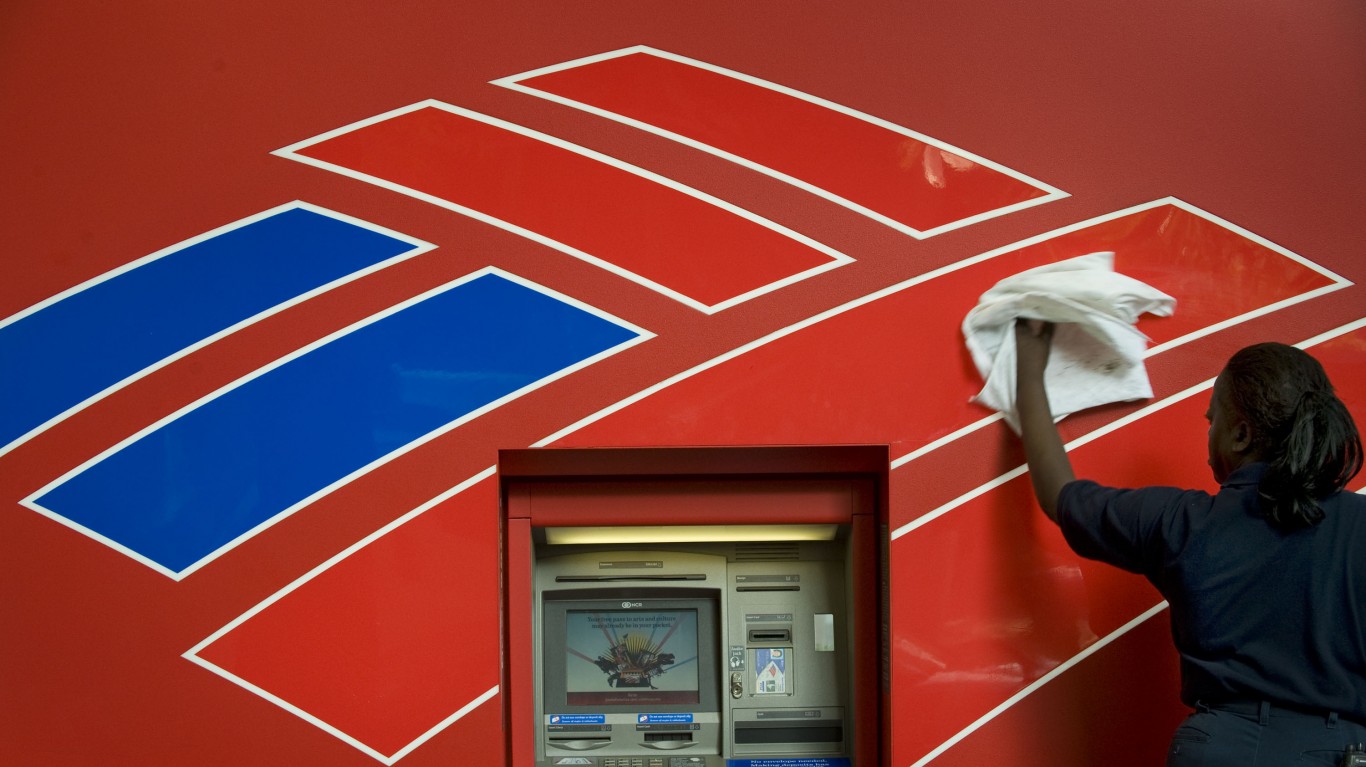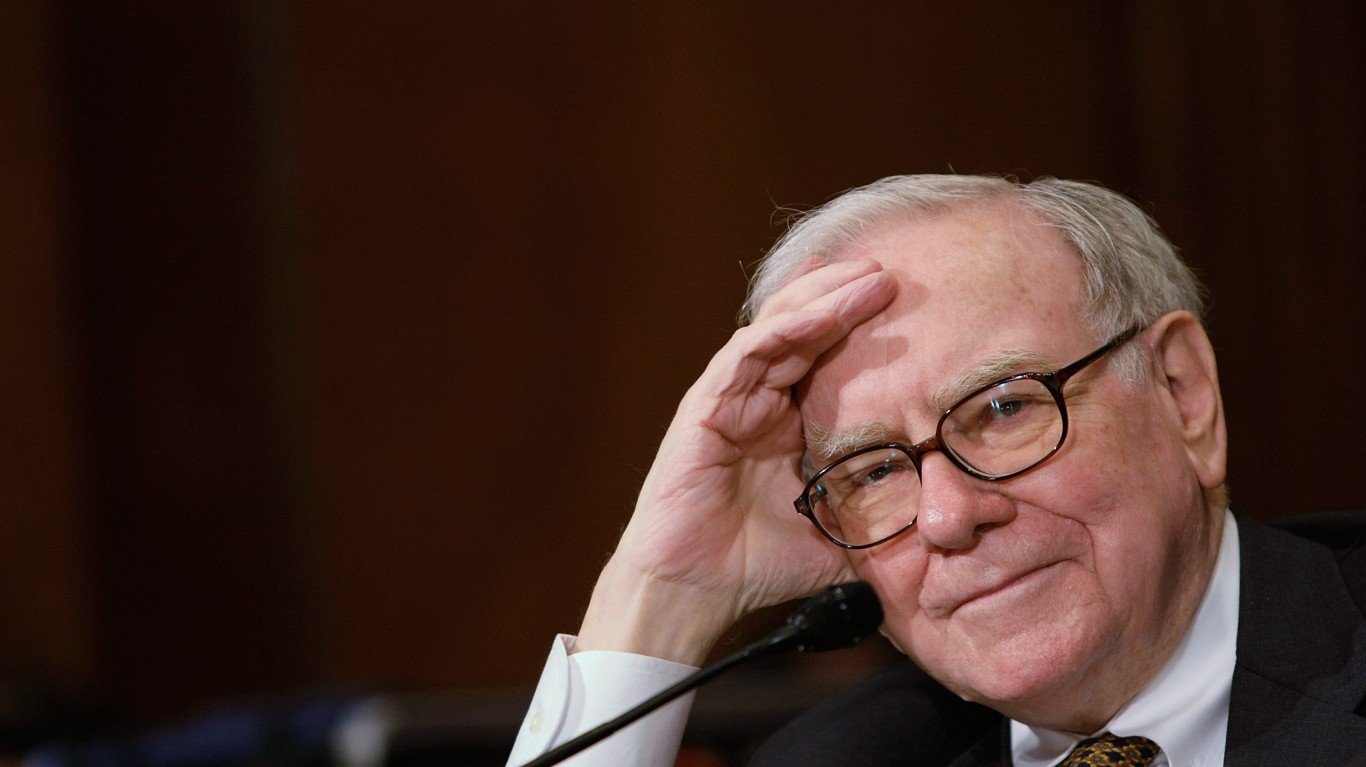

It seems to happen every 12 to 15 years, regardless of what the core reason is, or who is running the government: the banking sector finds a way to hobble Wall Street and more than once has come close to bringing the entire system to its knees. The mortgage implosion in 2007–2008, Long Term Capital Management in 1998, the savings and loan crisis in the 1980s and a host of other incidents can now add regional bank failures in 2023 to the list of implosions.
[in-text-ad]
Plunging interest rates combined with loan growth is what did in the smartest guys in the room this time. During a historically low interest rate environment, the banks that failed recently had purchased longer term Treasury debt with their deposits, and when interest rates moved higher those bonds had unrealized losses that in many cases could be held in what is called “hold to maturity” category on a balance sheet. That is, until depositors want their money.
An old-fashioned run on the banks like the one seen in the movie “It’s a Wonderful Life” is what brought three institutions to their knees. With depositors clamoring to withdraw their funds, the banks were forced to sell Treasury and mortgage debt that was trading well below where it was purchased, and just like that it was game over.
A new Goldman Sachs research report provides an in-depth look at how the mega-cap banks and money-center leaders are holding up and what expectations look like for the rest of the year and beyond. The good news for investors looking for value is that the rules carved out after the financial crisis in 2008 put the biggest players in much better shape than their smaller bank brethren.
The report said this about the current state of the banking system:
In the near-term, stress remains in the system, as evidenced by recent, negative stock price reactions among regional banks, with concern that weaker equity prices and wider credit spreads could lead to further deposit instability. In our view, the recent price action may lead to regulators looking to bolster confidence in the banking system through either expanding programs such as the Bank Term Funding Program (BTFP – both in term and rate), as well as contemplating the need for some form of expanded deposit guarantee program via the FDIC.
Four top stocks in the financial sector are rated Buy at Goldman Sachs. It is important to remember that no single analyst report should be used as a sole basis for any buying or selling decision.
Bank of America
Interest rate increases are welcomed by banks that have their investment book at the proper maturities, and this is one of the biggest in the country. Bank of America Corp. (NYSE: BAC) is a ubiquitous presence in the United States, providing various banking and financial products and services for individual consumers, small and middle-market businesses, institutional investors, corporations and governments in the United States and internationally. It operates 5,100 banking centers, 16,300 ATMs, call centers and online and mobile banking platforms.
Bank of America has expanded into several new U.S. markets, with scale across the country positioning it ideally to benefit from accelerating loan growth over the next two years. Moreover, unlike smaller peers, scale allows the bank to increase investment substantially over the next few years without notably jeopardizing returns, driving further market share gains. Warren Buffett owns a stunning 1.1 billion shares of the bank.
[in-text-ad]
For the first quarter of 2023, the bank posted net income of $8.2 billion, over a billion more than in the previous quarter. It was a strong quarter by all metrics.
Shareholders receive a 3.18% dividend. Goldman Sachs has a $35 target price on Bank of America stock. The consensus target is $40.43, and shares closed on Monday at $27.69.
JPMorgan Chase
Led by CEO Jamie Dimon, this mega-bank has been the benefactor of the disruption and recent bank failures, and it is a top pick at Goldman Sachs. JPMorgan Chase & Co. (NYSE: JPM) operates as a financial services company worldwide through the following four segments.
The Consumer & Community Banking segment offers deposit, investment and lending products, cash management and payments and services to consumers and small businesses. It also offers mortgage origination and servicing activities, residential mortgages and home equity loans, and credit cards, auto loans, leases and travel services.
The Corporate & Investment Bank segment provides investment banking products and services, including corporate strategy and structure advisory, and equity and debt markets capital-raising services, as well as loan origination and syndication. It offers payments and cross-border financing, as well as cash and derivative instruments, risk management solutions, prime brokerage and research. This segment also offers securities services, including custody, fund accounting and administration, and securities lending products for asset managers, insurance companies and public and private investment funds.
Thank you for reading! Have some feedback for us?
Contact the 24/7 Wall St. editorial team.
 24/7 Wall St.
24/7 Wall St. 24/7 Wall St.
24/7 Wall St.


